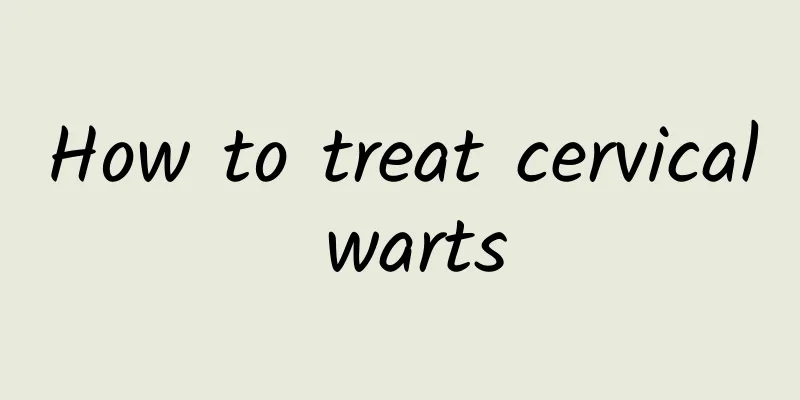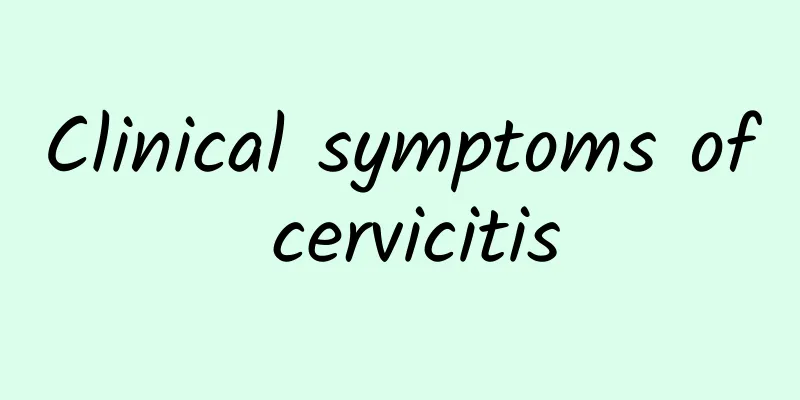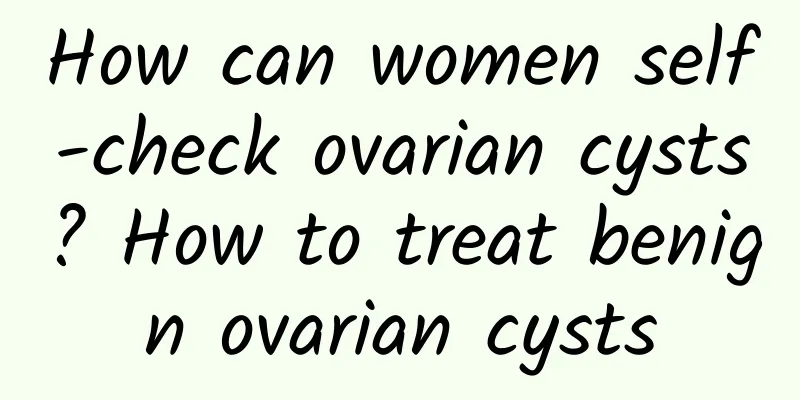How to treat cervical warts

|
Cervical warts are a sexually transmitted disease. Many people feel ashamed when they get this disease and secretly go to a small hospital for treatment. In fact, this is not necessary. Now many people have eliminated their prejudice against sexually transmitted diseases. When we get a sexually transmitted disease, we can go to a large hospital to seek help from a doctor to cure our disease. Let's talk about how to cure cervical warts. In fact, cervical warts are a sexually transmitted disease that is relatively easy to treat clinically. For people with normal immunity, more than 95% of patients can usually be cured through 1-2 outpatient treatments. Effective treatment measures are to use various physical methods such as laser, electrocautery, microwave, etc. to remove warts visible to the naked eye, and then supplemented with measures to prevent recurrence, such as local use of miquimod, photodynamic therapy, systemic use of interferon, etc., which are all effective measures to prevent recurrence. If only wart removal methods are used without taking measures to prevent recurrence, up to 50-70% of patients will relapse, but if the above preventive measures are taken, the recurrence rate can be basically controlled below 20%, and the recurrence rate of recurrent patients after re-treatment is less than 5%. After treatment with the above methods, 95% of patients will not relapse within one month, and they will be considered cured if they do not relapse for three months. If the disease relapses repeatedly after the above treatment, the patient's immune function, such as T cell subsets and HIV antibodies, needs to be checked. Examination and treatment of sexual partners is also very important, otherwise cross-infection is likely to occur repeatedly. In addition, during the treatment period, you should avoid bad habits such as drinking alcohol and staying up late, and it is best not to have sex, otherwise you should wear a condom. Usually it takes three months. |
<<: How to treat cervical warts
>>: What are the auxiliary treatments for cervical warts?
Recommend
What should I pay attention to when my menstrual flow is small?
Low menstrual volume is a problem that women ofte...
Accurately identify the symptoms of clinical vulvar leukoplakia
The most frightening thing about vulvar leukoplak...
How to prevent dysmenorrhea in winter?
The weather is colder in winter, and the number o...
Do you know what are the TCM classifications of pelvic inflammatory disease?
There are many gynecological diseases, and common...
What are the symptoms of premenopause?
Although menopause is a very common disease and i...
Does the removal of the left ovarian cyst affect pregnancy? What are the main symptoms?
Left ovarian cyst is a common benign tumor of the...
Long-term vegetarian diet in women may lead to amenorrhea
Many women have been vegetarians for a long time ...
Can I eat passion fruit after a miscarriage? Choose fresh
Passion fruit is a kind of fruit, which is very n...
Moderate cervical erosion can be treated after pregnancy
Moderate cervical erosion can be treated after pr...
Do you feel edema and fat during menstruation? Eat 4 Super-Draining Foods! Nutritionist: Don’t miss out on diuretic drinks and high-potassium foods
Girls face uncomfortable symptoms during menstrua...
Prevent belly fat! 10 sports rules to follow
Rule 1: Maintain correct posture Maintaining the ...
[Video version] To fight colds, you must first take good care of your intestines! It is better to eat fruits and vegetables than to eat them randomly
The temperature dropped suddenly and many people ...
When is the best time to have a painless abortion?
There is no "best time" for painless ab...
The famous doctor lost 18 kilograms in one and a half years! Key tips: "Half-sugar diet" plus "these two types" of exercise
If fatty liver disease is left untreated, it may ...
When will menstruation come after an abortion? Is it normal if menstruation does not come after a month of abortion?
When will menstruation come after an abortion? Th...









